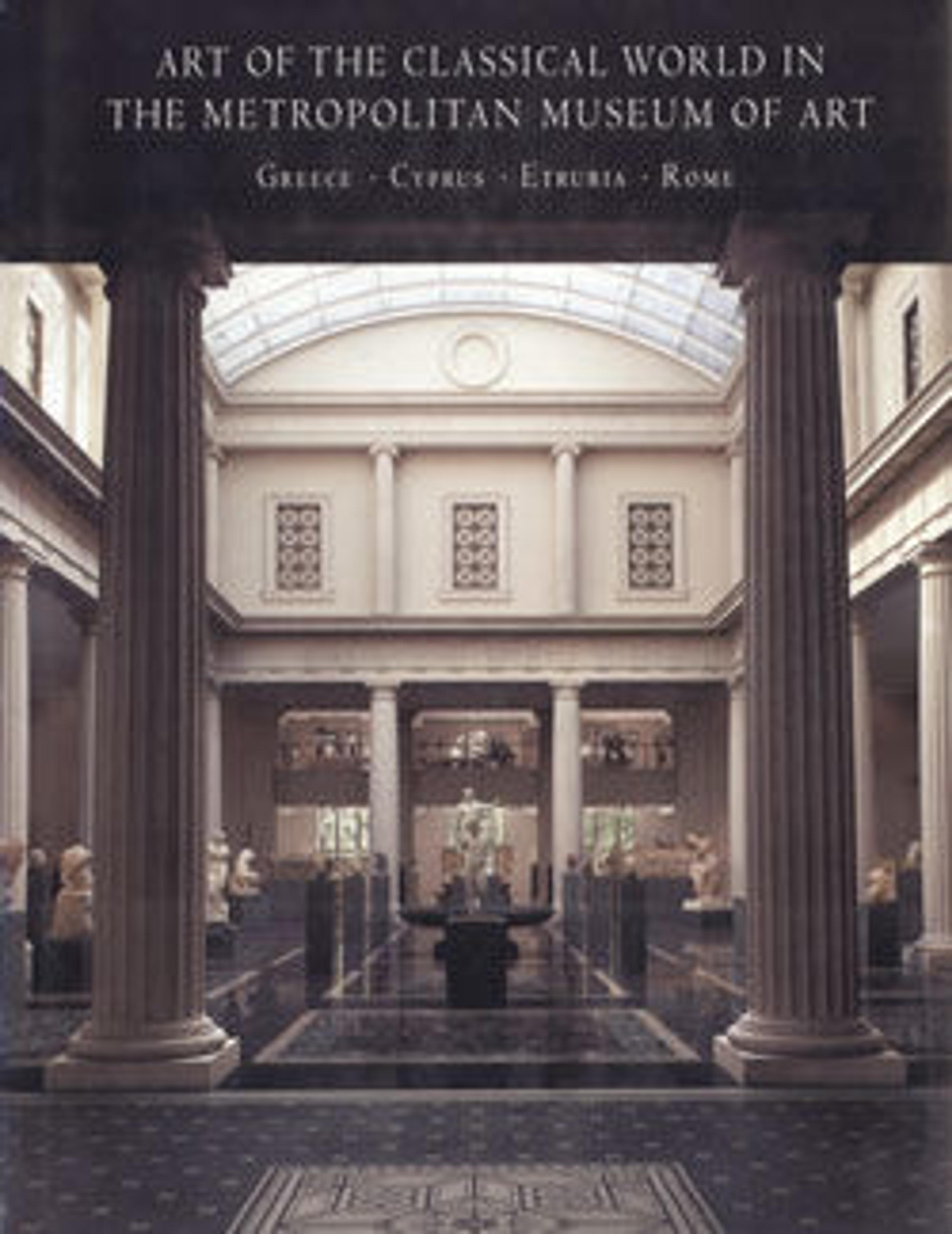Terracotta oinochoe: chous (jug)
Ganymede with gamecock and hoop
Renowned for his beauty, Ganymede was a scion of the Trojan royal house. Zeus desired him to be the gods' cupbearer on Mount Olympos. Representations of the late sixth and fifth centuries B.C. show Ganymede being carried off by Zeus himself; beginning in the fourth century, Zeus is replaced by an eagle. The Pan Painter perfectly depicts the boy as he runs along. The subject is fitting for a jug from which wine was poured.
Renowned for his beauty, Ganymede was a scion of the Trojan royal house. Zeus desired him to be the gods' cupbearer on Mount Olympos. Representations of the late sixth and fifth centuries B.C. show Ganymede being carried off by Zeus himself; beginning in the fourth century, Zeus is replaced by an eagle. The Pan Painter perfectly depicts the boy as he runs along. The subject is fitting for a jug from which wine was poured.
Artwork Details
- Title:Terracotta oinochoe: chous (jug)
- Artist:Attributed to the Pan Painter
- Period:Classical
- Date:ca. 470 BCE
- Culture:Greek, Attic
- Medium:Terracotta; red-figure
- Dimensions:H. 6 1/2 in. (16.5 cm)
diameter 4 5/16 in. (11 cm) - Classification:Vases
- Credit Line:Rogers Fund, 1923
- Object Number:23.160.55
- Curatorial Department: Greek and Roman Art
More Artwork
Research Resources
The Met provides unparalleled resources for research and welcomes an international community of students and scholars. The Met's Open Access API is where creators and researchers can connect to the The Met collection. Open Access data and public domain images are available for unrestricted commercial and noncommercial use without permission or fee.
To request images under copyright and other restrictions, please use this Image Request form.
Feedback
We continue to research and examine historical and cultural context for objects in The Met collection. If you have comments or questions about this object record, please contact us using the form below. The Museum looks forward to receiving your comments.
